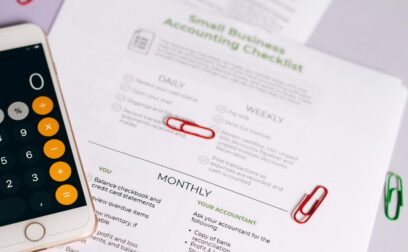Dividend calculator
Our dividend calculator can be used to estimate the dividend income an investor can expect from their investment in a particular stock or portfolio. It takes into account factors such as the dividend yield, the number of shares owned, the holding period, and the company’s dividend payment frequency.
Page written by Ian Hawkins. Last reviewed on May 15, 2025. Next review due January 1, 2026.

Ian Hawkins
Head of Content
Ian Hawkins is Head of Content at Swoop. As a freelance business journalist and filmmaker he has reported from Europe, Central and North America and Africa. His films and writing have appeared on BBC World, Reuters and CBS, and he has spoken at conferences on both sides of the Atlantic on subjects including data, cyber security, and entrepreneurialism.
Read this article to me



































 yet? Register here!
yet? Register here!